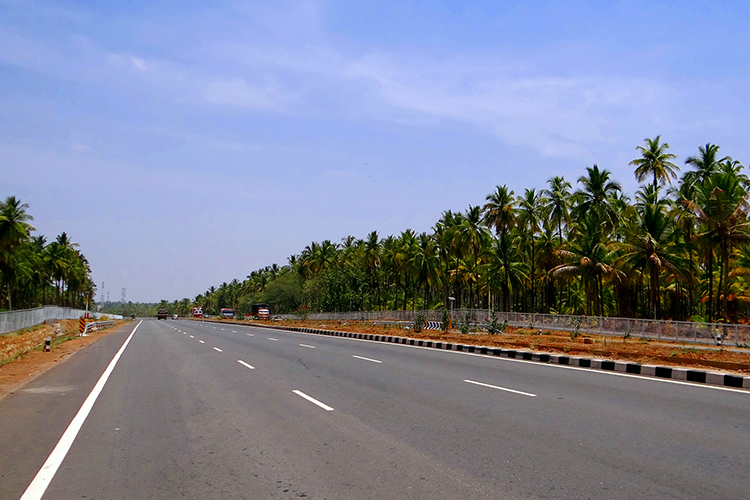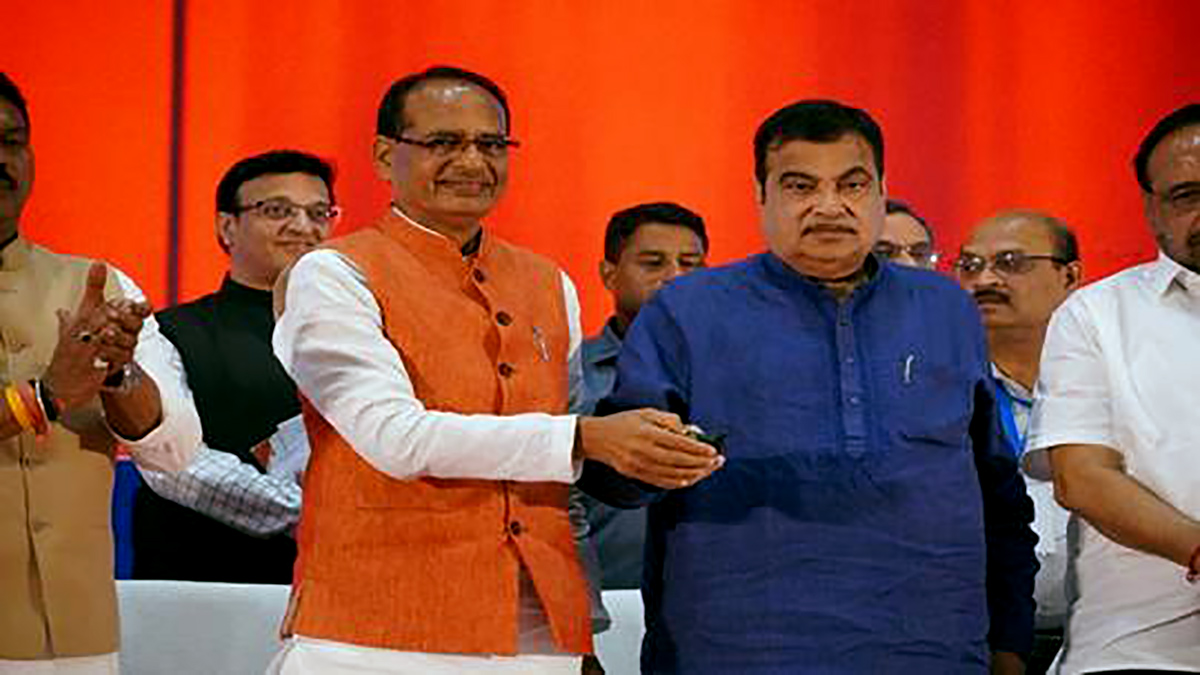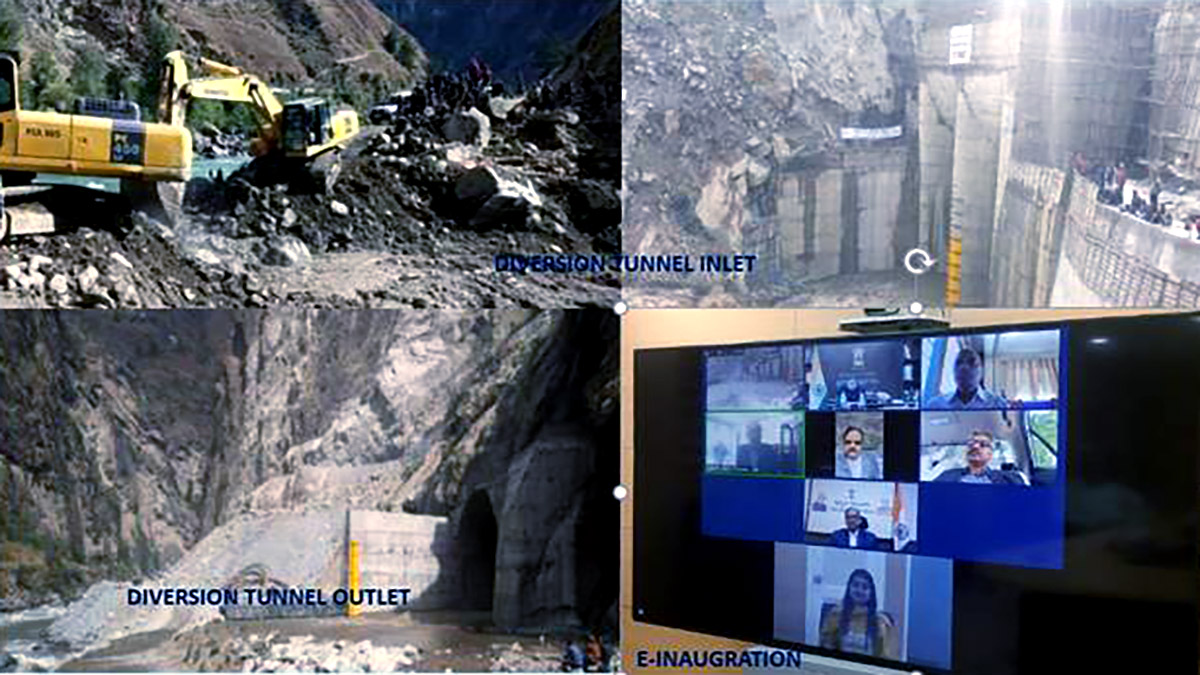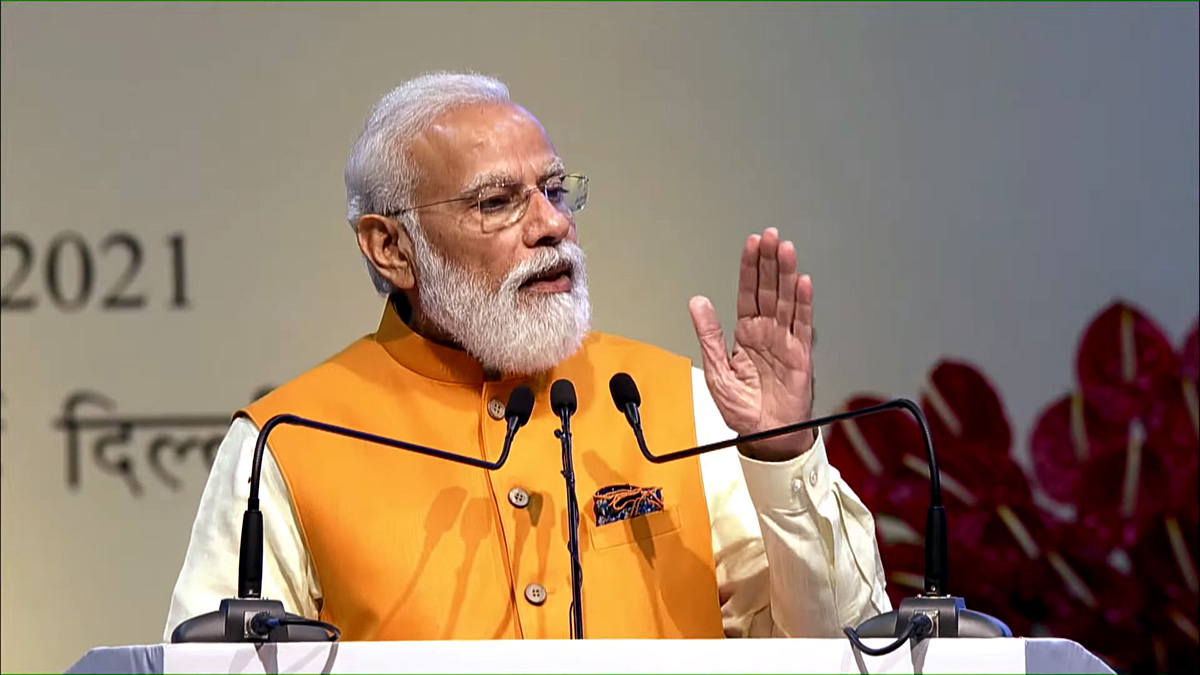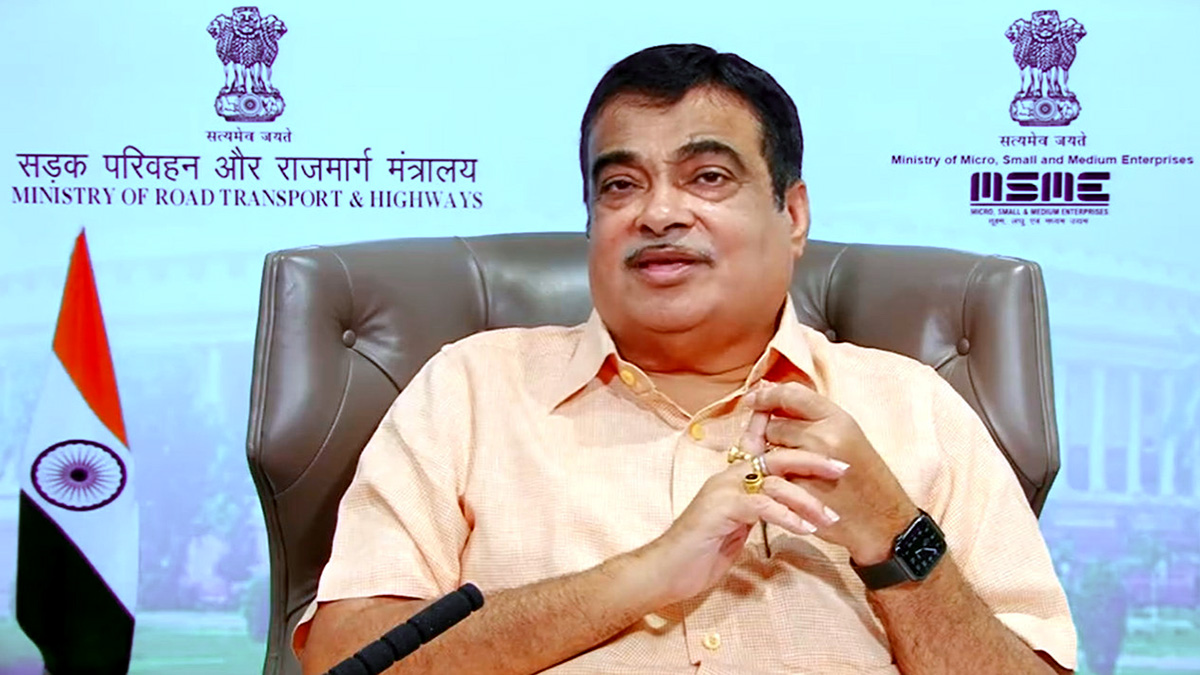The National Highways Authority of India (NHAI) had issued a standard operating procedure (SOP) pertaining to approach towards de-scoping the pending right of way (RoW) for BOT (HAM) projects. Basis the SOP, immediately after the expiry of the period of appointed date plus 20% of construction period, the pending RoW will be removed from scope of work and bid project cost (BPC) will be revised based on the independent engineer’s assessment of civil cost of reduced scope as per applicable rates on bid date after adjusting for proportion of civil cost in total project cost and ratio of BPC and authority’s base price. As per an ICRA note, this augurs well for HAM developers and would make the process less obstructive. In its earlier research release in February 2020 the rating agency had already highlighted the land acquisition related challenges faced by HAM projects resulting in delay in announcement of appointed date as well as provisional completion certificate due to delay in de-scoping. There were operational challenges in implementing automatic de-scoping (as per clause 10.3.4 of concession agreement) due to which the announcement of provisional completion certificate is getting delayed for many under construction HAM projects.
Post reduction in scope of work and revised BPC, all payments including advances paid will be adjusted based on revised BPC. No interest will be charged on excess payments released based on original BPC. More importantly, NHAI does not intend to reduce the construction period due to downward revision of scope and BOT (HAM) concessionaires are also eligible for bonus for early completion as per original timelines.
With the de-scoping issue getting resolved, the bigger risk that exists for HAM projects which remained unaddressed is the prevailing low bank rates adversely affecting their overall cash inflows. With the series of downward revisions in the repo rates in recent past, the bank rate reduced to 4.25% (historic low) from around 6.25% at the time when the many of the HAM projects were awarded. The highest bank rate in last two decades was at 10.3%. During the operations period for a HAM project, the recovery from authority is in the form of fixed annuity payments along with interest on balance accumulated annuity payments (calculated @300 bps over prevailing bank rate). Overall, such interest receipts accounts for around 45% of total inflows. Therefore, sustained low interest rate regime is a challenge for operational BOT-HAM projects. Linking inflows to a more representative lending rate like SBI-MCLR / EBR instead of RBI bank rate may help the developers, so that at least the movement in interest rate applicable on inflows matches with the movement in the interest payments on project debt and tackles the issue of delay in transmission of reduced interest rates.


